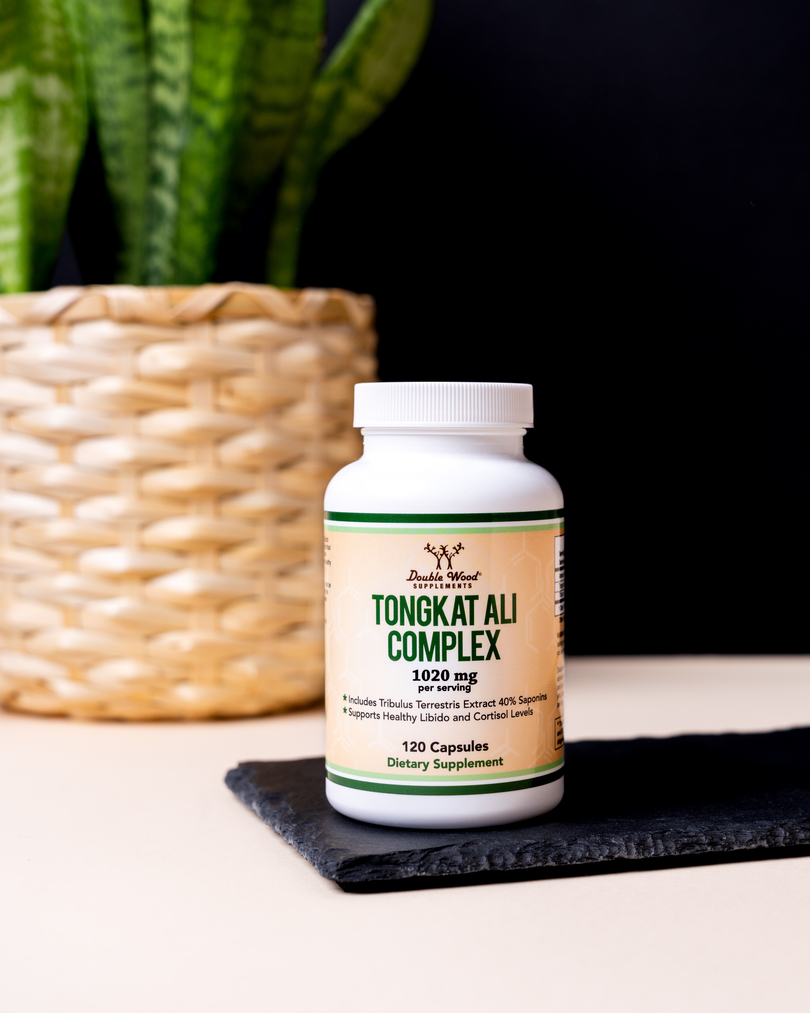Welcome to Nootroverse. If you’re new to the world of nootropics, start by learning the basics here.
Explore the database below with short descriptions on most nootropics.
Nootropic Database
DMAE (Dimethylaminoethanol)
Types:
Natural Nootropic
Description:
DMAE, abbreviated from Dimethylaminoethanol, is an organic compound naturally present in some fish such as sardines and anchovies. Research has explored its potential to elevate choline levels in the …
DMAE, abbreviated from Dimethylaminoethanol, is an organic compound naturally present in some fish such as sardines and anchovies. Research has explored its potential to elevate choline levels in the brain, which may play a role in the synthesis of the neurotransmitter acetylcholine, integral for memory and attention functions.
Fasoracetam
Types:
Racetam, Synthetic Compound
Description:
Fasoracetam is one of the newer additions to the racetam family of nootropics. It’s believed to work through several mechanisms, including modulation of cholinergic, GABA, and glutamate receptors, whi…
Fasoracetam is one of the newer additions to the racetam family of nootropics. It’s believed to work through several mechanisms, including modulation of cholinergic, GABA, and glutamate receptors, which may contribute to its cognitive-enhancing properties.
Fish Oil
Types:
Natural Nootropic
Description:
Fish oil is sourced from the tissues of oily fish and is abundant in omega-3 fatty acids, notably eicosapentaenoic acid (EPA) and docosahexaenoic acid (DHA). These fatty acids are pivotal for brain he…
Fish oil is sourced from the tissues of oily fish and is abundant in omega-3 fatty acids, notably eicosapentaenoic acid (EPA) and docosahexaenoic acid (DHA). These fatty acids are pivotal for brain health, offering potential enhancements in cognition, mood regulation, and neuroprotection. While fish oil can be derived from various sources, such as krill or salmon, its primary nootropic benefits stem from its omega-3 content. Keep in mind that the specific benefits might be influenced by the concentration and ratio of EPA to DHA, which can differ among fish oil types.
Galantamine
Types:
Synthetic Compound
Description:
Galantamine, originally derived from various plant sources like the snowdrop and daffodil, is both naturally occurring and synthetically produced. It’s recognized for its acetylcholinesterase inhibiti…
Galantamine, originally derived from various plant sources like the snowdrop and daffodil, is both naturally occurring and synthetically produced. It’s recognized for its acetylcholinesterase inhibiting properties, meaning it prevents the breakdown of the neurotransmitter acetylcholine in the brain. This action leads to increased levels of acetylcholine, which is associated with memory and learning processes. While it has traditionally been used for various ailments in folk medicine, modern applications primarily focus on its potential as a treatment for Alzheimer’s disease and its nootropic properties in enhancing memory and cognitive function.
Ginkgo Biloba
Types:
Adaptogen, Natural Nootropic
Description:
Ginkgo Biloba is one of the oldest living tree species and has been widely studied for its potential cognitive benefits. Derived from the leaves of the Ginkgo tree, this natural supplement is believed…
Ginkgo Biloba is one of the oldest living tree species and has been widely studied for its potential cognitive benefits. Derived from the leaves of the Ginkgo tree, this natural supplement is believed to improve blood flow to the brain and act as an antioxidant. Traditionally, it’s been used to treat various ailments, and modern studies suggest it might help with memory enhancement, focus, and even mood stabilization.




